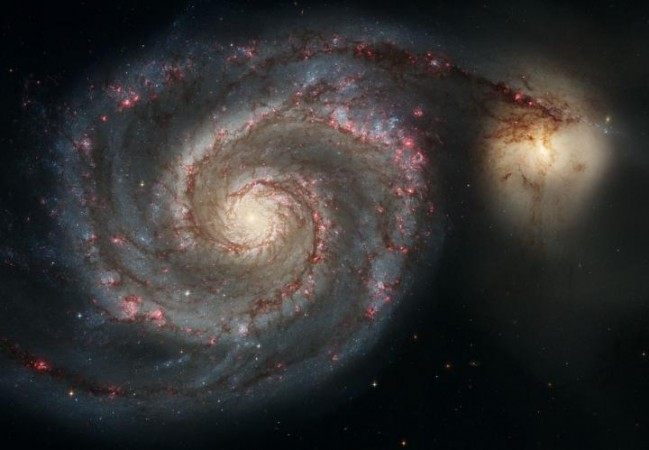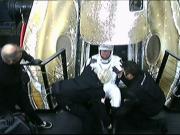
A new study conducted by a team of scientists at the Instituto de Astrofisica de Canarias, Spain has found evidence of an important event that played a crucial role in shaping the Milky Way. During the study, researchers noted that a dwarf galaxy named Gaia-Enceladus was once devoured by Milky Way.
The study report published in the journal Nature Astronomy revealed that this galactic collision happened almost 10 billion years ago. After the collision which happened 10 billion years ago, Milky Way started eating the dwarf galaxy, and the devouring process was completed over the course of millions of years.
Researchers also noted that this violent collision threw stars of both the galaxies into motion, and it also resulted in the formation of a halo that exists around the Milky Way even today.
The study team who conducted this study using the data obtained by the Gaia telescope made it clear that this finding will help to know how Milky Way was evolved from the ancient times to the current state.
"The sharp halo age distribution cutoff at ten billion years ago can be identified with the time of accretion of Gaia-Enceladus to the Milky Way. Together with state-of-the-art cosmological simulations of galaxy formation, these robust ages allow us to order the early sequence of events that shaped our Galaxy. We identify the red-sequence stars as the first stars formed within the Milky Way progenitor, and their kinematics indicate that these stars constitute the long-sought in situ haloes of the Milky Way," wrote the researchers in the study report.
A few weeks back, another study report published in The Astrophysical Journal Letters had suggested that Milky Way's collision with the Antlia 2 galaxy is responsible for the large ripples in Milky Way's outer hydrogen gas disc. Researchers also revealed that this galactic collision might have happened hundreds of millions of years ago.








